If you are a foreigner and are planning to visit São Paulo, plan your trip is important to avoid any unpleasant surprises. Here is a list of items that you should pay attention:
PASSPORT VALIDITY
Plan your trip to Sao Paulo, considering the passport must be valid for a minimum of 6 months from the date of entry into the country.
VISA
Brazil adopts a reciprocity policy regarding visas. If a certain country requires an entry visa for Brazilians, then Brazil also requires an entry visa for citizens of this country.
So, depending on your country of origin, you will need to have your visa documentation up to date to enter Brazil. In addition to the need for a visa, it is important to check how long this will take so as not to compromise your boarding date, if you have a scheduled date or have already purchased a ticket.
To find out if you need a visa to enter Brazil, check the official Brazilian government website for information on the visa policy adopted in relation to other countries.
There is a website called Passport Index that, based on updated government information and voluntary collaboration from users, gathers and classifies passports from around the world, informing when a visa is needed.
LANGUAGE
Official Language: Portuguese
English and Spanish are not widely spoken by locals.
MONEY
– Currency: Real (plural: Reais)
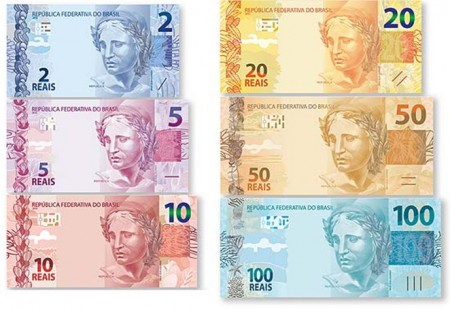
– Code: BRL (Brazilian Real)
– Symbol: R$
– Exchange Bureaus: are easily found at airports, commercial areas and shopping malls
– Cash: Cash payments are widely accepted however, with the growth of card payments, some places have difficulty giving change.
– Debit and Credit Card: Both are widely accepted in a big city like Sao Paulo
– Atm: can be easily found in commercial areas
– Tip: 10% typically
Under Brazilian law, the consumer is not obliged to pay a tip, however, the charge is mainly practiced in bars and restaurants. See what is commonly practiced in:
. bars and restaurants, present the final bill with the 10% tip already included. In some places, they ask if you can include the tip, but most places don’t ask and already include the tip in the bill. If the customer considers that they were not well served, they can request to do not include the 10% tip of the final payment.
. cab, there is no custom to tipping cabs, but it will be welcomed if offered.
. hotel, it is not customary to pay a tip, but it will be gladly received if offered
– Be aware: The use of commas and decimal points in Portuguese may be different from what you are used to. In Portuguese one thousand reais is written R$ 1.000,00.
For more information about traveling to Brazil, see the guidelines on the official website of the Central Bank of Brazil here.
ABOUT SAO PAULO
Location: South America
Country: Brazil
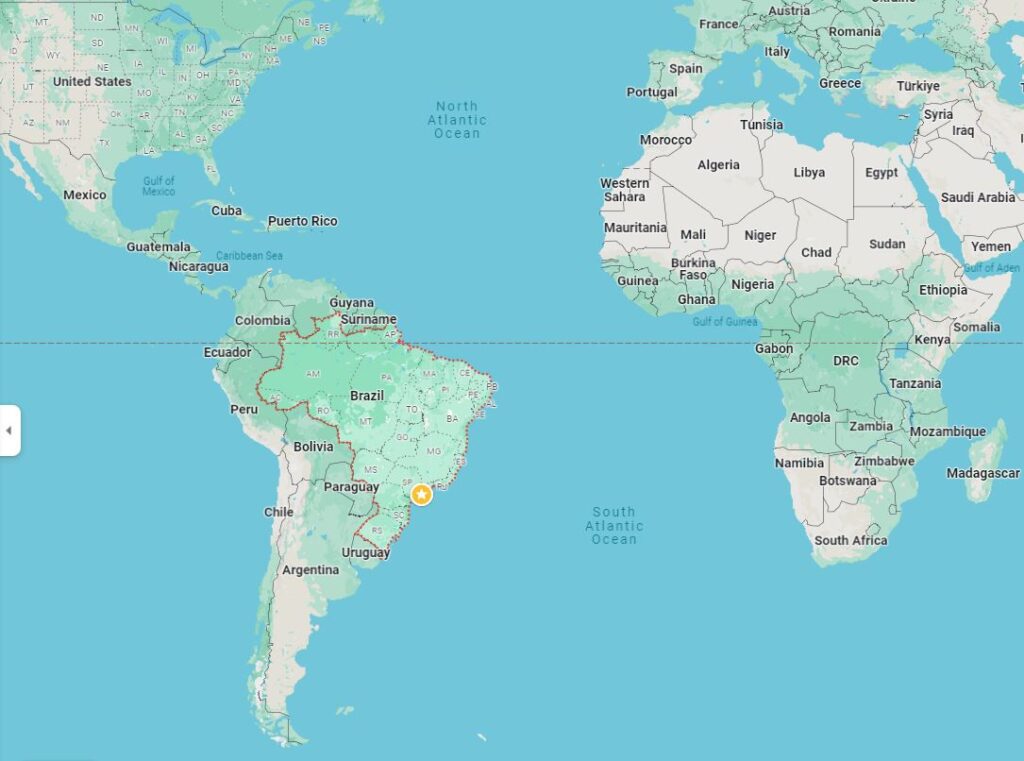
Region: Southeast
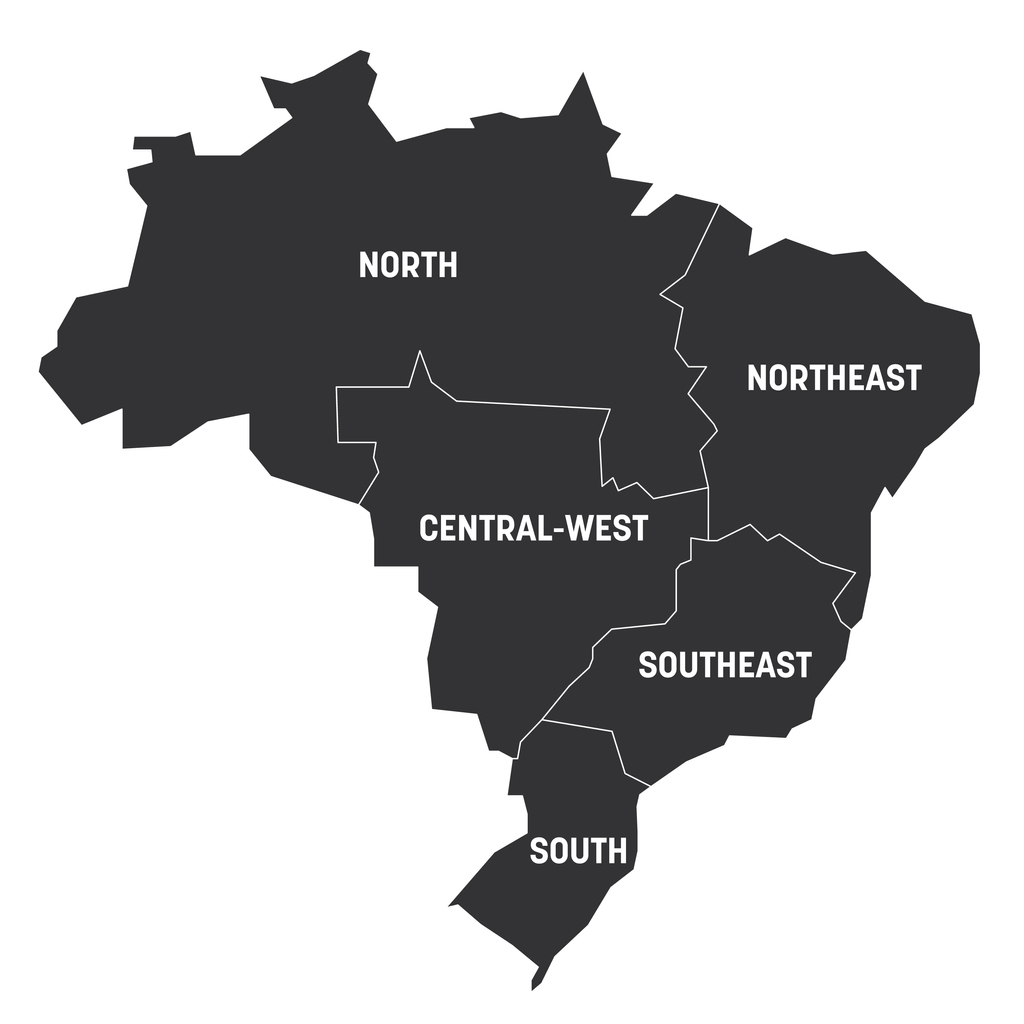
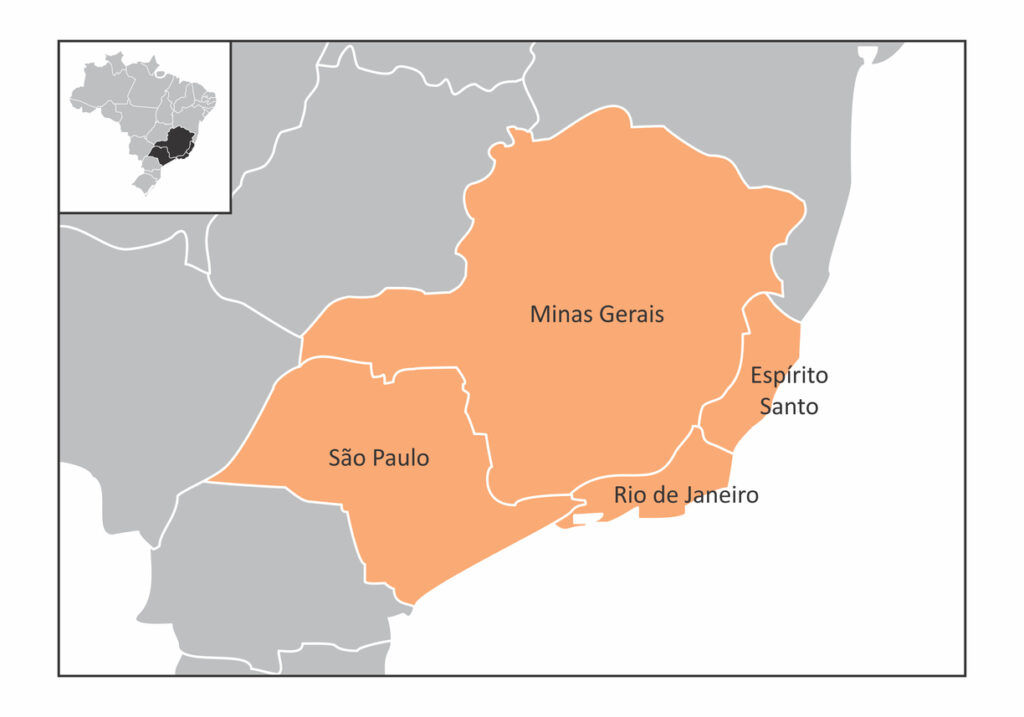
State: Sao Paulo
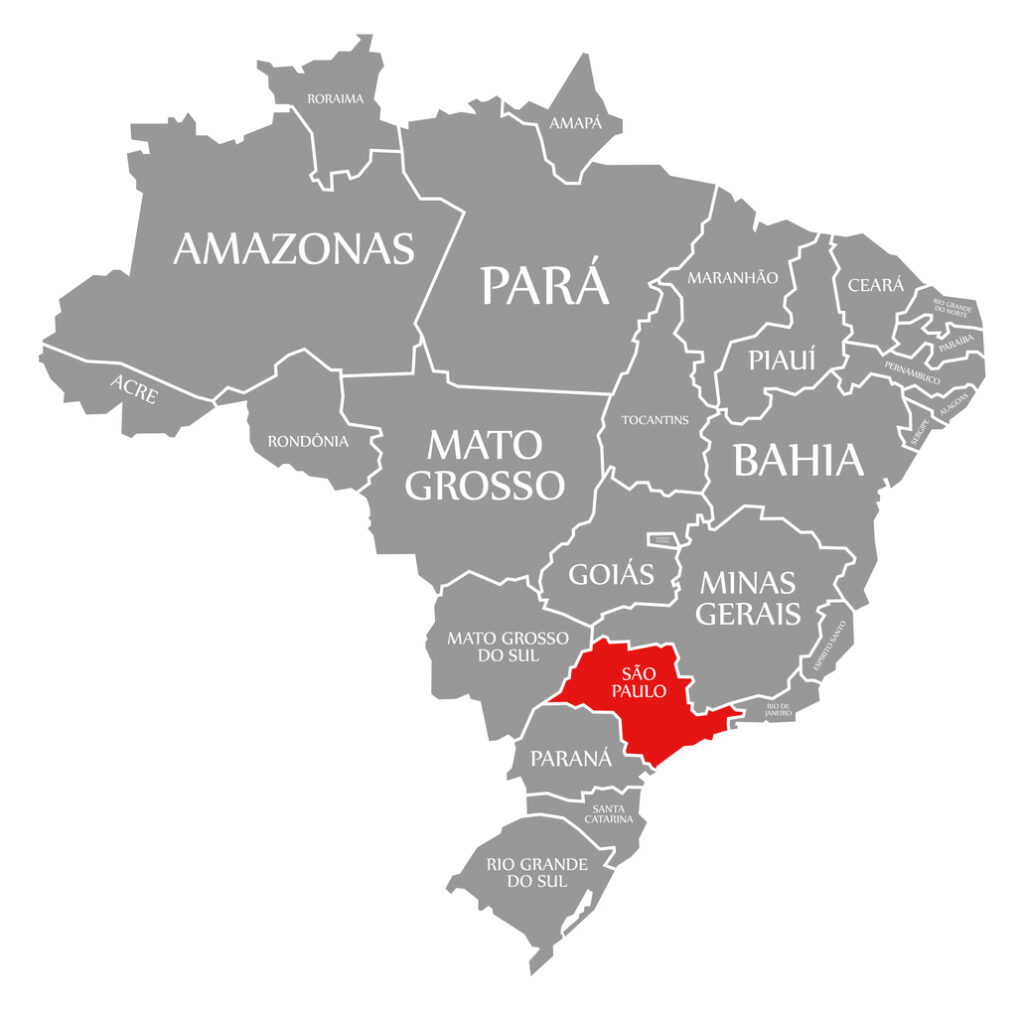
The Metropolitan Region of Sao Paulo has 39 cities.
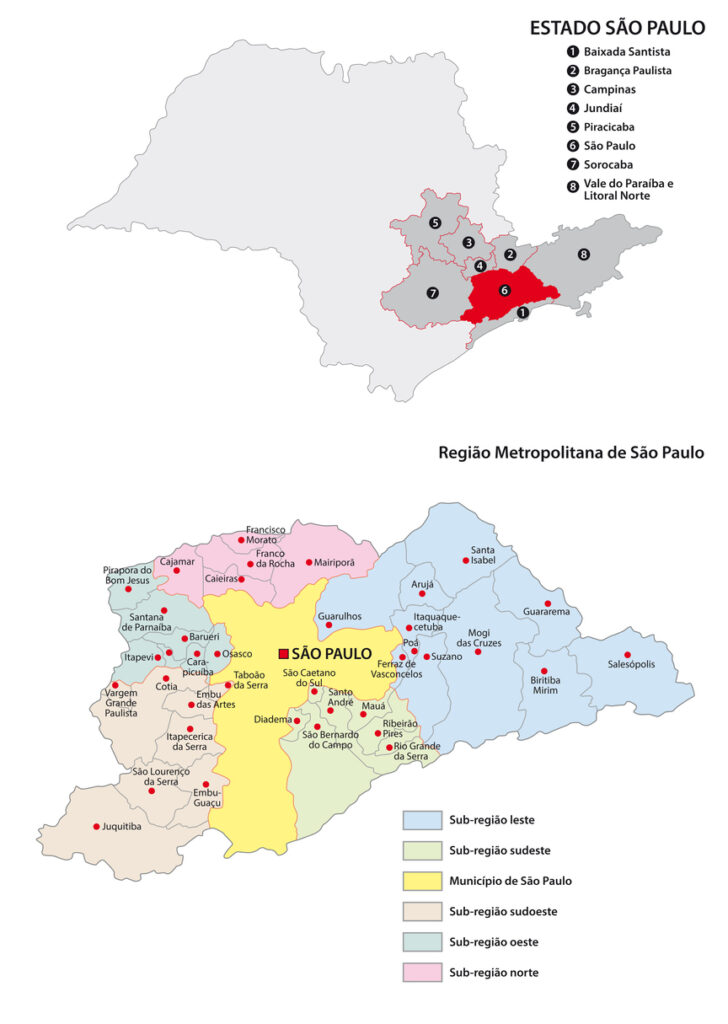
Total area of Sao Paulo City: 1,521,202 km²
Urban area IBGE/2019: 914.5644 km²
Total population (2022 Census): 11,451,999 inhabitants.
Density: 7,528.3 inhabitants/km²
Climate: Humid subtropical
Altitude: 772 m
Time Zone: Brasília (UTC−3)
* Brazil is a country with a large territorial extension and has a total of 4 different time zones. Most states follow the capital Brasília, which is UTC -3.
** The capital of Brazil is not São Paulo or Rio de Janeiro. The capital of Brazil is Brasilia, located in the central region of the country.
OUTLET AND VOLTAGE
Outlet: In Brazil, are used outlets of type N, with 3 pins.
Voltage: The standard voltage is 127 / 220 V
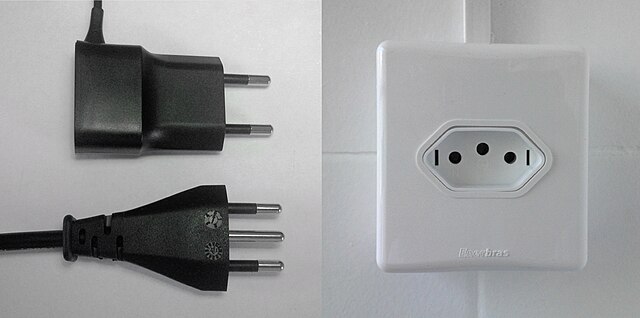
TRAFFIC IN SAO PAULO
Urban mobility in Sao Paulo is really a challenge for the population. The city has a broad and integrated public transport system, which involves subways, trains and buses. In general, it works well but could be improved. Public transport in general needs more investment. Expanding the subway network, which is the most efficient means of transport, is expensive and happens slowly.
As a result, the car fleet is increasing every year. The excess of vehicles circulating in the city makes it difficult to get around in many regions, especially where most services and jobs are concentrated. Result: traffic jams, slowness and stress spread across the streets of Sao Paulo. At peak times, the population needs an even greater dose of patience to face the traffic. This, not to mention the setbacks that can happen, such as a broken car or accidents on the road, or rain and floods that can further affect the city’s traffic.
Currently, there is a car rotation system in the city that was implemented with the aim of minimizing traffic. It does not cover the entire city, there is a delimited area, called the expanded center, where there are restrictions on vehicle circulation, according to the end of the car’s license plate. This restriction occurs during peak hours in the morning (7:00am-10:00am) and evening (5pm-8pm). And it works like this:
Monday: cars with final plates 1 and 2 do not circulate;
Tuesday: cars with final plates 3 and 4 do not circulate
Wednesday: cars with final plates 5 and 6 do not circulate
Thursday: cars with final plates 7 and 8 do not circulate
Friday: cars with final plates 9 and 0 do not circulate
If they circulate in the delimited areas, according to pre-defined days and times, the vehicle is subject to payment of a fine.
TRANSPORTATION
SUBWAY AND TRAIN (CPTM)
-Subway and Train Fare: R$5.00 (The Unitary Ticket – QR Code)
-Where to buy: ticket offices at the station (just cash accepted), self-service machines at the stations (debit card), mobile app called “TOP” (credit and debit card are accepted). The “TOP” app is available for Android and iOS.
*Be aware: The official metro website informs that the company is not obliged to make change in excess of R$ 20.00 when selling tickets in ticket offices at the station
-Subway – Opening Hours: Sunday to Friday, 4:40am-midnight / Saturday, 4:40-1am
-Train – Opening Hours: Everyday, 4:00-Midnight
The rail transport system in Sao Paulo is small in relation to the size of the city. Expansion has been occurring for years, but slowly. As in any metropolis in the world, trains are full during peak hours (7:00am-9am and 5pm-7pm). In general, the São Paulo subway works well, is clean and has a good infrastructure. Trains don’t take long to pass, but delays can occur especially during rush hours.
BUS
Municipal Bus Fare: R$4.40 / On Sundays the ticket is free
Metropolitan Bus Fare: R$5.00
Opening Hours: 4am-midnight
The bus system is very extensive and there are several terminals throughout the city. The larger ones are integrated with metro stations, which makes mobility much easier. On some avenues, there is an exclusive bus lane, which contributes to the fluidity of bus traffic.
If you are at the bus stop, wave your arm for the driver to stop and enter through the front door. Don’t be surprised if people are coming down the front door, as elderly people (over 60), pregnant women and people with disabilities can do this. To get off, press one of the buttons spread throughout the bus and the driver will stop at the next bus stop. The opening or closing of doors is controlled by the driver.
CAB
Cabs in São Paulo are white and there is a small sign above the car saying “taxi”. With the advent of apps, taxi ranks have decreased throughout the city, but they still exist in busy places such as shopping malls, hospitals, hotels and commercial locations. In Sao Paulo, taxis are allowed to travel in bus lanes, this can be a great advantage as the journey can be faster as São Paulo’s traffic is often disappointing. Don’t worry about tipping the taxi driver, in São Paulo this is not a very common practice.
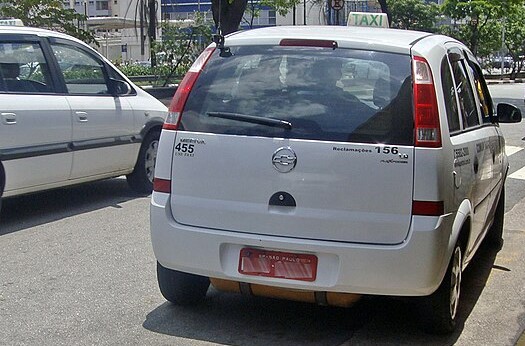
UBER
The Uber app is available in São Paulo and prices vary according to demand, distance and time. Most Uber cars are unmarked, have no signs or stickers, they look like ordinary cars. Unlike taxis, Ubers cannot travel along bus lanes. However, when it comes to price, Uber is much cheaper than a taxi.
AIRPORT BUS SERVICE
The Airport Bus Service is an executive bus service, with air conditioning, that runs from or to Guarulhos Airport. There are 6 routes available, which connect the central region of the city and also bus terminals, to Guarulhos Airport. For more information, visit the website (in Portuguese only).
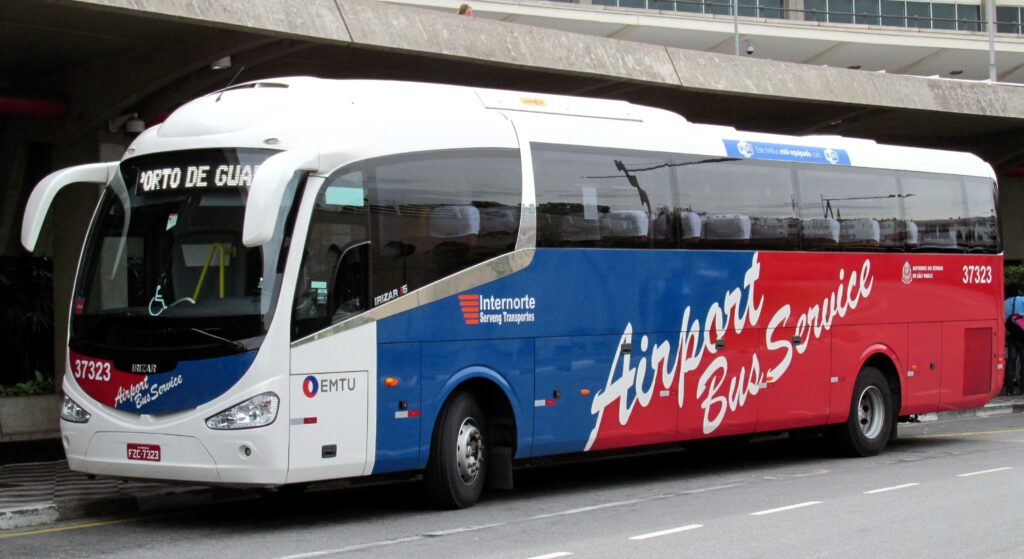
AIRPORTS
There are 2 airports in Sao Paulo:
Congonhas Airport (CGH): is 8 km from the city center and is fully inserted into the city’s urban fabric. Operates only domestic flights.
Guarulhos Airport (GRU): It is the busiest airport in South America and is 25 kilometers from the center of São Paulo. Geographically, this airport is outside the perimeter of the city of São Paulo, as Guarulhos is a neighboring municipality of São Paulo. Guarulhos Airport has 3 terminals. Terminal 1 only operates domestic flights, Terminal 2 operates domestic and international flights and Terminal 3 only operates international flights.
EMERGENCY SERVICES
– São Paulo Military Police (Polícia Militar do Estado de São Paulo): 190
– Federal Highway Police (Polícia Rodoviária Federal): 191
– Medical Emergency (ambulance): 192
Also called SAMU (emergency mobile assistance service)
– Fire Service (Corpo de Bombeiros): 193
– Federal Police (Polícia Federal): 194
– Tourist police (Delegacia de Atendimento ao Turista):
. DEATUR – Delegacia Especializada em Atendimento ao Turista
phone: (11) 3257-4475
Address: Rua da Cantareira, 390 – Centro (Prédio anexo ao Mercado Municipal)
. Congonhas Airport
phone: (11) 5090 9032.
. GRU Airport
phone: (11) 2611 2686
I hope this information has helped. Now, plan your trip to São Paulo and enjoy your trip!
